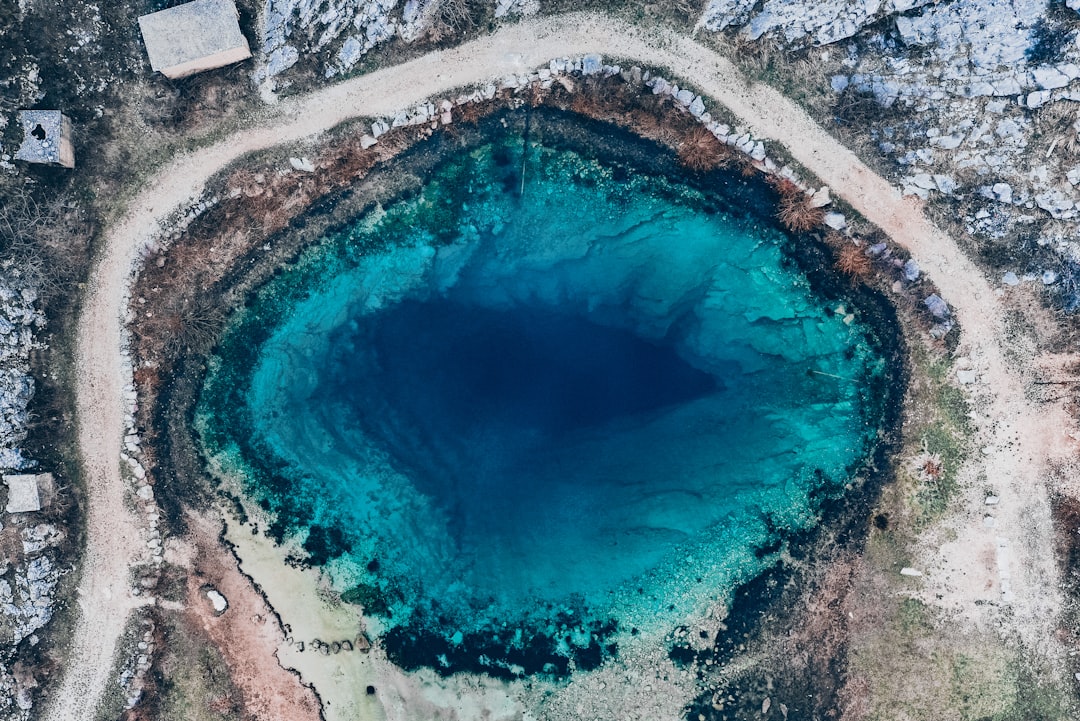What is it about?
Kazuo Ishiguro's The Buried Giant is a fantasy in which the fantastic elements of the landscape are used to metaphorically represent different conceptions of history and memory. The two most important of these are a mist that creates a historical amnesia, and the sense that history is buried beneath the ground. The amnesia creates the possibility that anyone can tell any story they like about the past - something I refer to as the 'history as narrative' position in the article, whereas the idea of the past being buried creates which I call the 'history as object' position. The article argues that both of these positions, when taken to their logical extreme, can create dangerous conceptions of history that perpetuate cycles of violence.
Featured Image

Photo by Artem Sapegin on Unsplash
Why is it important?
Stories about the past are used to justify a wide range of political positions, including dangerous and potentially violent forms of nationalism. Ishiguro's novel reflects his own increasing pessimism, and is a valuable tool for reflecting on the way that different historical narratives, and different conceptions of history itself, can shape our behaviour.
Read the Original
This page is a summary of: Looking out into the fog: narrative, historical responsibility, and the problem of freedom in Kazuo Ishiguro's The Buried Giant, Textual Practice, August 2019, Taylor & Francis,
DOI: 10.1080/0950236x.2019.1652677.
You can read the full text:
Resources
Contributors
The following have contributed to this page










